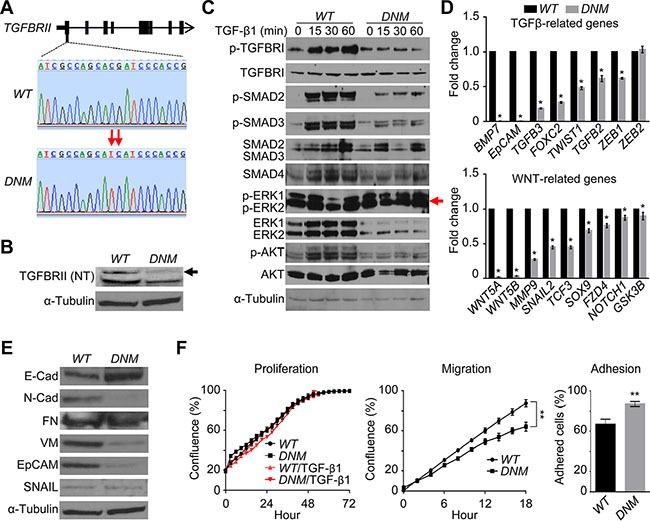Figure 1. Genome editing of TGFBRII disables TGF-β signaling networks and triggers ERK feedback response.

(A) Genomic DNA was extracted from DU145 TGFBRII wildtype (WT) and lenti TGFBRII-gRNA/Cas9-treated cells, respectively, subjected to PCR amplification, and subsequently purified products were sequenced to confirm TGFBRII gene editing (domain negative mutation or DNM). (B) Cellular total proteins were extracted from WT and DNM cells, respectively, and subjected to immunoblotting against anti-TGFBRII (N-terminal) antibody. (C) Cells were treated with or without 5 ng/ml of recombined human TGF- β1 for 0–60 min, and cellular total proteins were extracted and subjected to immunoblotting against different TGF-β signaling pathway players. (D) Traditional real-time qPCR of key EMT genes related to TGF-β and WNT signaling pathways in WT and DNM cells. *p < 0.05. (E) Western blot analysis of key EMT proteins in WT and DNM cells. (F) Cell proliferation, migration (wound healing) and adhesion assay, respectively, using IncuCyte® ZOOM live-cell kinetic imaging system. **p < 0.01.
